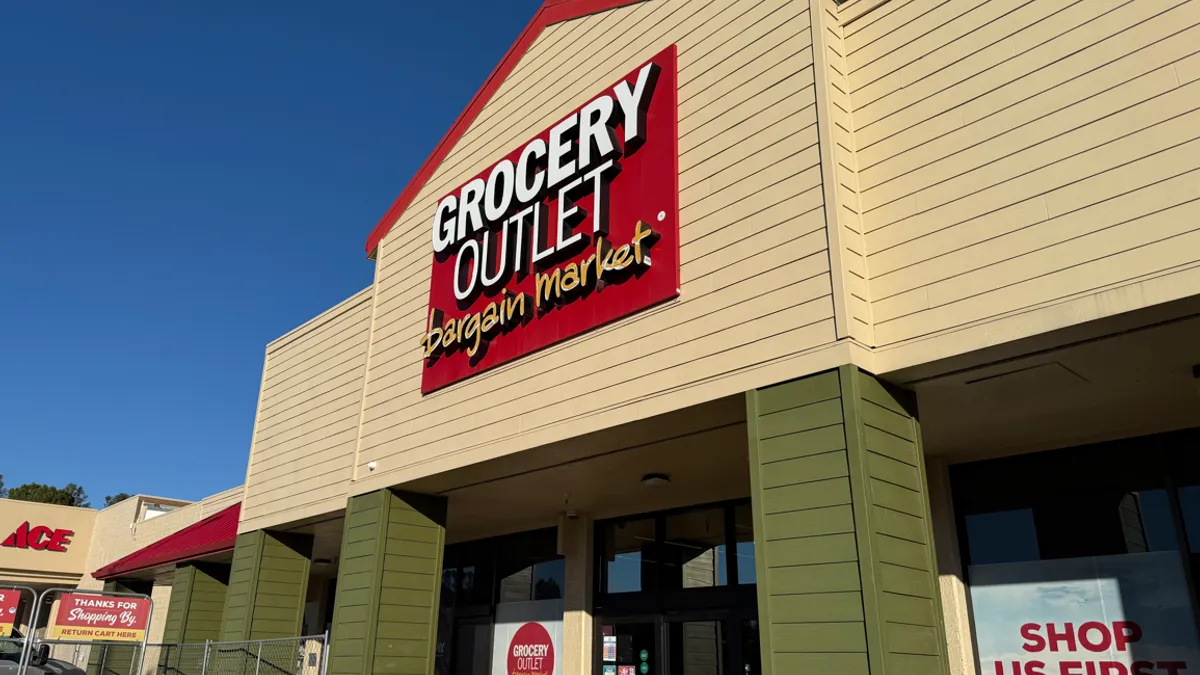There is no mistaking the value that the Alaska fishing industry (and the state as a whole) places in sustainability by ensuring that the state’s fisheries are protected for the long-term. It is even encoded in the state’s constitution, which mandates that “fish...be utilized, developed and maintained on the sustained yield principle.” It is a core belief that’s resulted in undeniable success; to date, no species of Alaska seafood has ever been labeled as ‘endangered.’
This success illustrates how the industry will not cash in on immediate gains to secure a sustainable environment for fish to thrive; and, this long-term thinking is strengthened by the practice of fishing, a tradition (and profession) passed down from one generation to the next. It is also one of the reasons the state understands the need to be responsible stewards of its fisheries for future generations, according to Megan Rider, the Domestic Marketing Director at Alaska Seafood Marketing Institute.
“The seafood industry impacts almost all Alaskans – it directly employs more people than any other private industry, which is why fishing is more than just a source of income; it’s a way of life. Passing on the tradition of fishing is vital to the fabric of this state,” she said. “Alaskans are raised in the tradition of fishing and steeped in an intimate relationship with the sea, so there is a commitment to help enforce the sustainability practices mandated by the state.”
A 2017 ASMI study of the state’s seafood industry for 2015-2016 found that 56,800 workers were directly employed by the seafood industry, including 29,200 commercial fishermen, with a 5.6 billion pound harvest in 2016 and a national economic output of $5.2 billion. The focus on sustainability is all the more vital due to consumers’ increased interest in where their food comes from, and how it is prepared and attained. According to Guy Pizzuti, the Seafood Director at Publix Super Markets, most consumers now consider sustainability an “expectation.”
“Alaska was the leader and early pioneer of sustainable fisheries. The unique thing about Alaska is that the state looked at the impacts to the entire fishery and kept the people and communities in mind when creating its sustainability programs,” Pizzuti said. “For our specific sustainability promotions, Alaska seafood typically plays a role.”
Promoting sustainability can be a boon for retailers in nearly every scenario, across nearly every industry; according to Sourcing Journal, a Neilsen review of retail sales items for both consumable and non-consumable items found that sales increases were two to five times better “when the brands either included sustainability claims on packaging or actively promoted their sustainability actions in their marketing.” Younger consumers are particularly interested in sustainability and promoting Alaska seafood as a sustainable option will not only help the industry brand itself as sustainable, but can also help retailers brand themselves as curators and proponents of sustainable products with their consumers. Rider said ASMI can provide retailers and food service operators with education, marketing tools and assets to assist them in this work.
“Retailers tell this story because they know their customers care about where their food comes from and how it affects the planet,” Rider said. “Seafood from Alaska lets retailers press the easy button on sustainability and ASMI offers a wide variety of beautiful assets to help them tell the story to their customers."
The commitment to sustainability extends from government offices to individual boats and crews in various ways. For example, to ensure a lasting salmon population, the Alaska government instituted a limited entry (license limitation) in the mid-1970s, curtailing the number of fishermen allowed in each fishery. Additionally, data on salmon runs collected by the Alaska Department of Fish and Game is used by scientists to set up “escapement goals” for fisheries. To ensure that enough salmon have swum upstream to lay eggs and serve as food for bears and eagles, biologists are stationed in towers alongside the water to count individual salmon that swim by, ensuring that when fishing is allowed for several hours, it’s being done in an environment with a robust enough salmon supply to allow strong returns and stay sustainable. It is this type of commitment and care that makes Alaska’s fishing industry unique, according to Rider.
“(Sustainability) is in the state’s DNA and is as important to the fishermen as it is to the supplier,” Rider said. “Commercial fishermen in Alaska take an active role in the management and preservation of Alaska’s fisheries, knowing that the resource has a value that goes far beyond their own needs. They are willing to forego short term gains, for the long-term protection of the fisheries and the ecosystem.”
Other ways in which organizations, fishermen and the government work in tandem include additional time-and-area closures of specific locales, as well as restrictions on the size of fishing boats and type of fishing gear, including prohibiting some gear altogether. The State also produces an annual assessment of the fishing stock to gauge the approximate number and size of the fishing stock.
“We provide retailers/food service operators with education, marketing tools and assets regarding how our fisheries are managed to ensure sustainability,” she said. “For consumers, Alaska seafood is the answer to being able to eat healthy and sustainable food, without compromising taste and convenience.”









